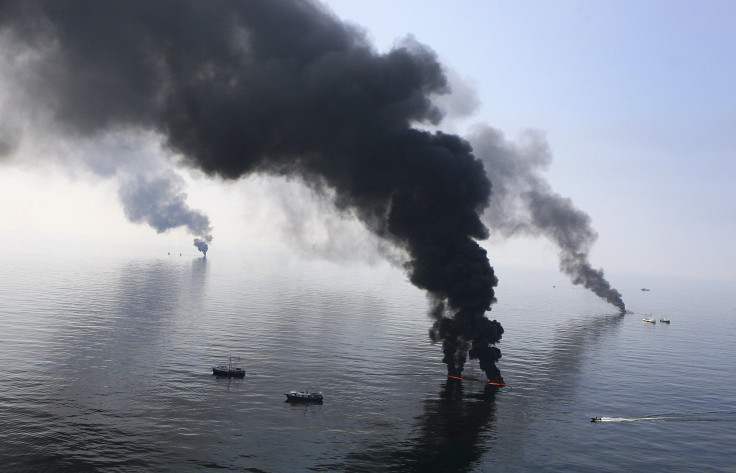Ocean Oxygen Depletion Takes About A Million Years To Recover Naturally

The depletion of oxygen in Earth’s oceans leads to a massive disturbance in the global carbon cycle and has deleterious effects on marine life. Called anoxia, the last time this happened in a significant way was 183 million years ago, leading to mass extinction of marine life at the time.
The process of anoxia works in a natural cycle, and comes to an end after which oceans are replenished with oxygen, but the process can take up to almost one million years, new research has found. Given the nature of this natural cycle, and the fact that researchers say present-day oceans are “on the edge of anoxia,” the research has profound implications for the ongoing climate change.
Read: Dissolved Oxygen In World’s Oceans Being Depleted By Climate Change
Researchers from the University of Exeter in the United Kingdom studied the Toarcian Oceanic Anoxic Event that occurred in the middle of the Jurassic Period. According to theoretical models, “increased burial of organic carbon — due to less decomposition and more plant and marine productivity in the warmer, carbon-rich environment — should drive a rise in atmospheric oxygen, causing the end of an anoxic event after one million years.”
The researchers tested the theory by analyzing fossil charcoals for evidence of wildfires, which would be more common in times when oxygen was more plentiful. And they found increased wildfire activity starting one million years after the anoxic event, lasting for about 800,000 years.
“We argue that this major increase in fire activity was primarily driven by increased atmospheric oxygen. Our study provides the first fossil-based evidence that such a change in atmospheric oxygen levels could occur in a period of one million years,” Sarah Baker, a geographer at the university and lead researcher for the study, said in a statement Friday.
The wildfires could also have contributed to the rise in oxygen in oceans. Fires would destroy plants on land, and because plants help erode rocks — which contain nutrients that marine life needs — fewer nutrients would make their way to the oceans. That, in turn, would reduce the amount of marine life which consumes oxygen to survive. Lesser marine life would build the ocean’s oxygen content, ending anoxia.
The researchers therefore said natural functioning of wildfire activity may be essential to regulate the Earth's system in the long term.
Read: Comets Can Produce Their Oxygen Through Non-Biological Means
Given the link with carbon burial in the sediments of the ocean floor, and the fact that oceans act as massive carbon sinks, they also argued it is “critical” to limit carbon emissions to prevent depletion of oxygen in Earth’s oceans.
“Once you get into a major event like anoxia, it takes a long time for the Earth’s system to rebalance. This shows the vital importance of limiting disruption to the carbon cycle to regulate the Earth system and keep it within habitable bounds,” Baker said.
The study, titled “Charcoal evidence that rising atmospheric oxygen terminated Early Jurassic ocean anoxia,” was published in the journal Nature Communications.
© Copyright IBTimes 2024. All rights reserved.











